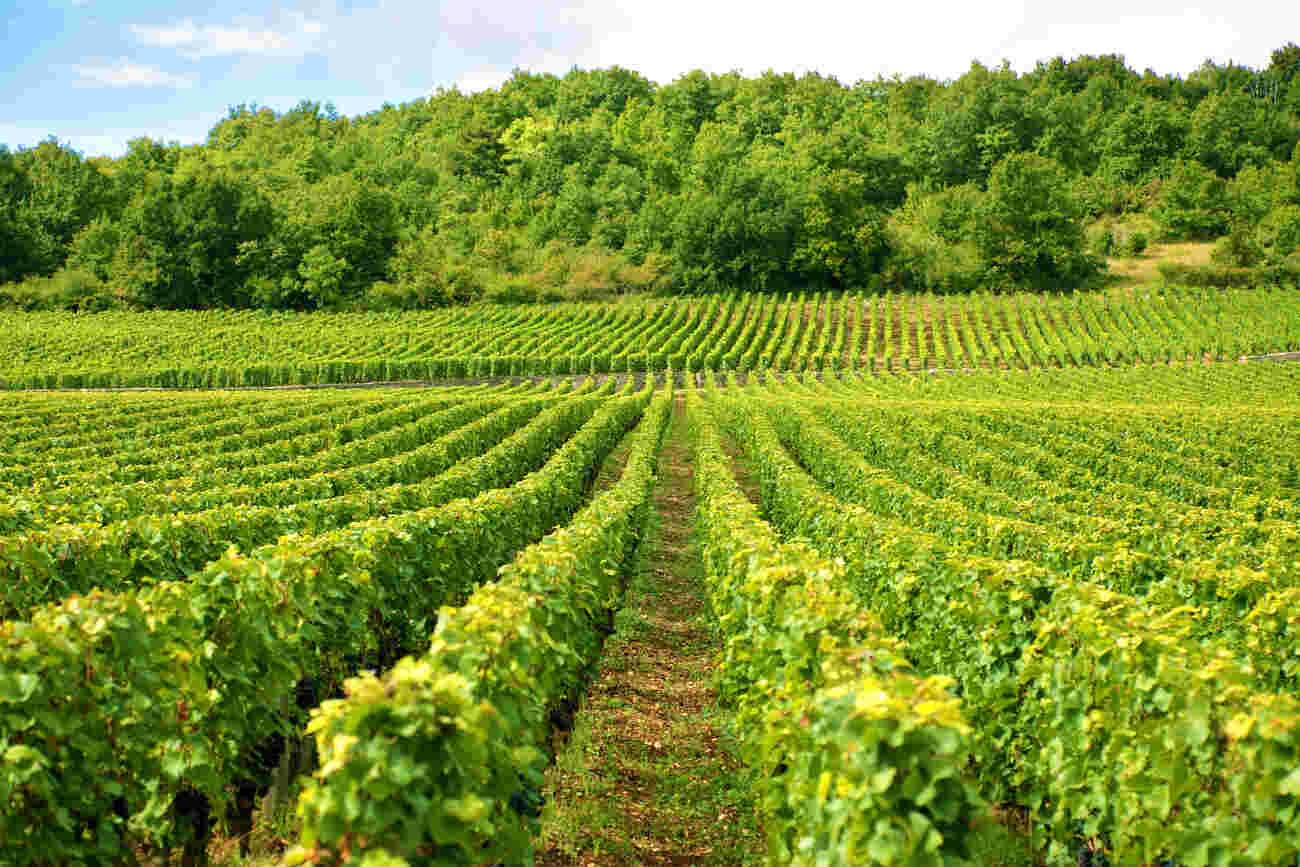As a winery owner, you know that creating a delightful bottle of wine requires more than just excellent grapes and expert winemaking skills. Behind every successful vintage is a meticulous planning process that ensures your winery remains financially viable and profitable.
Budgeting and financial planning are the backbone of this process, guiding you to make informed decisions, manage resources effectively, and navigate the unique challenges of the wine industry. The experts here at Protea Financial want to explain why budgeting and financial planning are crucial for your winery’s success and how you can implement these practices effectively.
Understanding the Financial Landscape of Wineries
The wine industry is complex, characterized by long production cycles, seasonal fluctuations, and significant capital investments. Unlike many businesses, wineries must wait years between planting vineyards and selling their first bottle of wine. This lag creates unique financial challenges that require careful planning and management.
Capital Investments and Long-Term Planning
From purchasing land and planting vines to building facilities and acquiring equipment, the initial capital outlay for a winery is substantial. These investments often take years to yield returns, making long-term financial planning essential. By creating a comprehensive budget, you can forecast expenses, plan for significant capital expenditures, and ensure you have the necessary funds to sustain operations until your wine is ready for market.
Seasonal Variability and Cash Flow Management
Wineries face significant seasonal variability, with most revenue generated during the harvest and tourism seasons. This seasonality can create cash flow challenges, especially during the off-season. Effective budgeting allows you to manage these fluctuations by planning for periods of low revenue and ensuring you have sufficient cash reserves to cover operating expenses year-round.
The Benefits of Budgeting for Wineries
A well-crafted budget serves as a roadmap for your winery’s financial journey. It provides a clear picture of your financial position, helps you set realistic goals, and enables you to monitor performance against these goals. Here are some key benefits of budgeting for your winery:

- Financial Control and Discipline: Creating a budget instills financial discipline by forcing you to allocate resources strategically and avoid unnecessary expenditures. It helps you prioritize spending, while also ensuring that your funds go directly towards activities that support your long-term objectives.
- Performance Monitoring and Accountability: A budget provides a benchmark against which you can measure your winery’s performance. Regularly comparing your actual results with the previously budgeted figures will allow you to identify variances, understand their causes, and take necessary corrective actions. This ongoing monitoring helps you stay on track and make informed decisions.
- Strategic Decision-Making: Budgeting is not just about controlling costs; it’s a powerful tool for strategic decision-making. By forecasting revenue and expenses, you can evaluate the financial impact of different scenarios and make informed choices about investments, pricing strategies, and growth opportunities.
Key Components of a Winery Budget
Creating an effective budget for your winery involves several key components. Each of these components plays a crucial role in ensuring your financial plan is comprehensive and realistic.
Revenue Projections
Start by projecting your revenue for the upcoming year. Consider factors such as expected sales volumes, pricing strategies, and market conditions. Include revenue from all sources, including wine sales, tasting room fees, events, and merchandise. Be realistic in your assumptions and use historical data to inform your projections.
Cost of Goods Sold (COGS)
Your COGS includes all direct costs associated with producing your wine, such as grapes, barrels, bottles, and labor. Accurate COGS calculations are essential for understanding your profit margins and setting appropriate pricing strategies. Remember to account for variations in costs due to vintage differences and production volumes.
Operating Expenses
List all operating expenses, including salaries, utilities, marketing, maintenance, and administrative costs. Categorize these expenses to provide a clear picture of where your money is going. This breakdown will help you identify areas where you can cut costs or invest more strategically.
Capital Expenditures
Plan for significant capital expenditures, such as equipment purchases, facility upgrades, and vineyard expansions. These investments are critical for your winery’s growth and long-term success. Include timelines for these expenditures and ensure you have a plan to finance them.
Cash Flow Projections
Cash flow projections are crucial for managing your winery’s liquidity. They help you anticipate periods of cash surplus or deficit and plan accordingly. Regularly update your cash flow projections to reflect changes in your operations and market conditions.
Financial Planning for Long-Term Success
While budgeting focuses on short-term financial management, financial planning takes a longer-term view, aligning your financial strategy with your winery’s overall business goals. Here are some key aspects of financial planning for wineries.
Business Planning and Goal Setting
Financial planning begins with a clear understanding of your business goals. Whether you aim to expand your vineyard, enter new markets, or increase production, your financial plan should support these objectives. Set specific, measurable goals and develop strategies to achieve them.
Risk Management
The wine industry is subject to various risks, including weather events, market fluctuations, and regulatory changes. Financial planning involves identifying these risks and developing strategies to mitigate them. This might include diversifying your product line, investing in insurance, or building cash reserves.
Financing Strategies
Securing financing is often necessary to fund capital investments and support growth. Explore different financing options, such as loans, grants, and investor funding. Develop a financing strategy that aligns with your financial goals and ensures you can meet your obligations without compromising your winery’s financial stability.
Succession Planning
If you plan to pass your winery on to the next generation or sell it in the future, succession planning is essential. This process involves preparing your business for a smooth transition, ensuring its continued success, and maximizing its value. Work with financial and legal advisors to develop a comprehensive succession plan.
Tools and Resources for Effective Budgeting and Financial Planning
Leveraging the right tools and resources can simplify the budgeting and financial planning process, making it more accurate and efficient. Here are some tools and resources that can benefit your winery.

Financial Software
Invest in financial software that caters to the unique needs of wineries. These tools can help you manage accounting, budgeting, inventory, and cash flow more effectively. Look for software that integrates with other systems you use, such as point-of-sale (POS) and customer relationship management (CRM) systems.
Professional Advisors
Consider working with financial advisors who specialize in the wine industry. These professionals can provide valuable insights and guidance, helping you navigate complex financial issues and make informed decisions. They can also assist with tax planning, compliance, and risk management.
Industry Associations and Networks
Join industry associations and networks to stay informed about best practices, market trends, and regulatory changes. These organizations often provide resources, training, and networking opportunities that can support your financial planning efforts.
Reach Out to Protea Financial for Help with Budgeting and Financial Planning for Your Winery
Budgeting and financial planning are not just administrative tasks; they are vital components of your winery’s success. By implementing effective budgeting practices and developing a comprehensive financial plan, you can navigate the unique challenges of the wine industry, make informed decisions, and achieve your business goals.
Remember, financial planning is an ongoing process that requires regular review and adjustment. Stay proactive, monitor your performance, and be prepared to adapt to changing conditions. With the right approach, you can ensure your winery’s financial health and create a legacy of exceptional wines for generations to come.If you have any questions or need assistance with your winery’s financial planning, don’t hesitate to reach out to the experts at Protea Financial. We’re here to help you every step of the way, providing the guidance and support you need to achieve your financial goals. Contact us today to learn more about how we can help your winery thrive.



